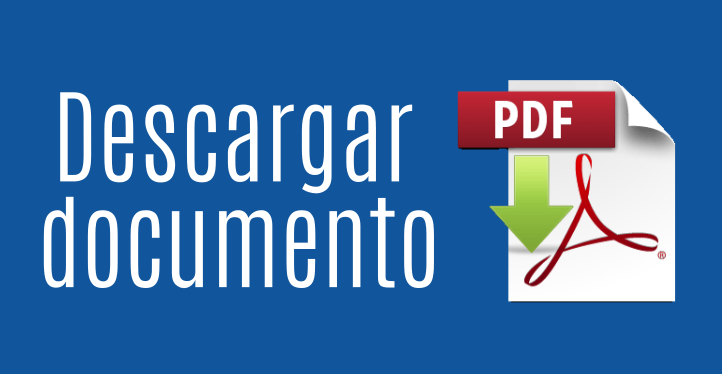
Phonemic and semantic verbal fluency in patients with learning disability.
An Orl Mex. 2020 enero-marzo;65(1):28-36.
María Angélica Velasco-Orozco,1 María Guadalupe Leyva-Cárdenas,1 Emilio Arch-Tirado,3 Ana Luisa Lino-González2
1 Otorrinolaringología y Cirugía de cabeza y Cuello, práctica privada.
2 Médico adscrito al Departamento de Otorrinolaringología y Cirugía de Cabeza y Cuello.
3 Jefe del Departamento de Otorrinolaringología y Cirugía de Cabeza y Cuello.
4 Médico adscrito al Departamento de Nutrición.
Instituto Nacional de Enfermedades Respiratorias, Ciudad de México.
Resumen
ANTECEDENTES: La fluidez verbal es una tarea de las funciones ejecutivas e involucra a la fluidez verbal semántica y a la fluidez verbal fonémica, consiste en la capacidad para crear, producir, expresar, relacionar palabras y conocer su significado.
OBJETIVO: Analizar el desempeño en la fluidez verbal fonémica y semántica en pacientes diagnosticados con trastorno de aprendizaje.
MATERIAL Y MÉTODO: Estudio transversal, observacional y descriptivo que incluyó a pacientes con trastorno de aprendizaje. Todos fueron evaluados con la Evaluación Neuropsicológica infantil en las tareas de fluidez verbal fonémica y semántica. Se realizaron pruebas de medidas de tendencia central y se construyeron gráficas de rangos considerando los puntajes obtenidos vs los puntajes estipulados como normales en el instrumento de evaluación.
RESULTADOS: Se incluyeron 192 pacientes. Se encontró diversidad en el desempeño de los mismos, según el diagnóstico de trastorno de aprendizaje y la edad del paciente.
CONCLUSIONES: Sería importante promover la estimulación para el desarrollo de la fluidez verbal fonémica y semántica, así como replantear la intervención terapéutica de las funciones ejecutivas en pacientes con trastorno de aprendizaje.
PALABRAS CLAVE: Fluidez verbal; funciones ejecutivas; trastorno de aprendizaje.
Abstract
BACKGROUND: Verbal fluency is a task of executive functions and involves verbal semantic fluency and verbal phonemic fluency, consisting of the ability to create, produce, express, relate words and know their meaning.
OBJECTIVE: To analyze performance in phonemic and semantic verbal fluency in patients diagnosed with learning disorder.
MATERIAL AND METHOD: A descriptive cross-sectional study including patients with learning disorder. All were evaluated with the Child Neuropsychological Evaluation in the tasks of phonemic and semantic verbal fluency. Tests of measures of central tendency were carried out and graphs of ranges were constructed considering the scores obtained vs the stipulated scores as normal in the evaluation instrument.
RESULTS: There were included 192 patients. Diversity in patient performance was found, according to the diagnosis of learning disorder and the patient’s age.
CONCLUSIONS: It would be important to promote stimulation for the development of phonemic and semantic verbal fluency, as well as to rethink the therapeutic intervention of executive functions in patients with learning disorder.
KEYWORDS: Verbal fluency; Executive functions; Learning disabilities.

